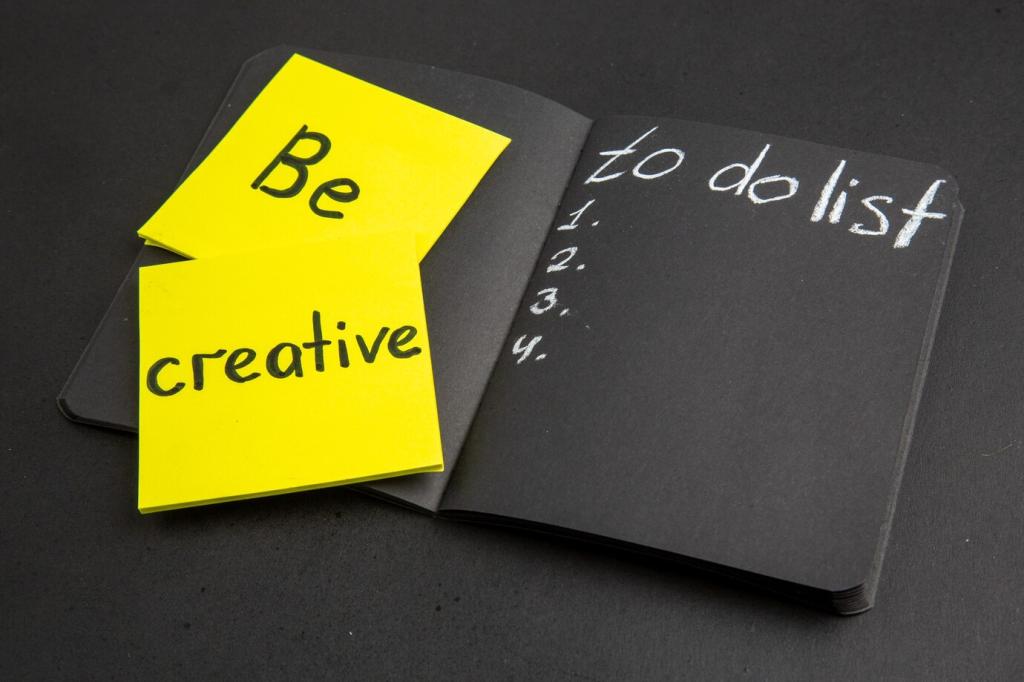
Mastering the Art of Interior Design Copywriting
Selected theme: Mastering the Art of Interior Design Copywriting. Step inside a world where words stage rooms, stories illuminate materials, and language helps clients feel at home before they ever cross a threshold.
Finding the Voice of a Space
From Mood Boards to Words
Transform palettes and textures into phrases that breathe. Map color stories to emotional benefits, describe transitions between zones, and articulate how circulation supports daily rituals. Share your approach in comments, and tell us how you currently translate mood boards into messaging.
Tone, Texture, and Tactility in Language
Use verbs that feel handcrafted and adjectives with restraint. Swap clichés for concrete materials—ribbed oak, honed marble, boucle—paired with sensory verbs. Invite readers to subscribe for weekly prompts that sharpen tactile descriptions without overwhelming sentences or diluting your refined aesthetic.
Anecdote: The Boutique Lobby That Sold Itself
A boutique hotel struggled to book site tours. We reframed their lobby as a “slow-arrival ritual”—soft seating as pause points, bronze pull handles as a moment of welcome. The copy sparked curiosity, doubled tours, and readers requested the full case study by email.
Headlines that Frame the Room
Benefit-Driven Headlines for Design Portfolios
Replace vague beauty claims with measurable outcomes. Lead with how a plan optimizes light, storage, or flow, then name the style. Try formats like “Light Reclaimed, Storage Restored” and share your favorite in the comments to inspire the community.
Elevating Case Studies with Clear Hooks
Open with the client’s lived challenge, not only the aesthetic. Write: “A family of five needed calm mornings,” then cue solutions. Readers finish stories when stakes are human. Subscribe for our monthly hook library tailored to interior case studies.
Microcopy that Guides the Eye
Captions and section labels should anchor attention. Summarize the intent of a vignette in one line, then add a surprising detail—custom toe-kick drawers or angled sightlines. Ask readers to reply with their trickiest vignette and we’ll suggest three caption angles.

The Before–After Narrative Without Cliché
Avoid simplistic “before” shaming. Honor what existed, then explain how materials, light, and layout evolved. Focus on client rituals now supported—morning coffee, homework nooks, evening conversations. Comment with a project link, and we’ll suggest a respectful transformation angle.

Human Details: Clients, Rituals, and Light
A story remembers people. Mention how east light changed breakfast, or how a pull-out pantry shortened cooking time. Practicality builds credibility. Invite readers to subscribe for a storytelling checklist that balances lifestyle, materiality, and spatial performance.

Data Meets Drama: Using Facts to Build Trust
Blend emotion with specifics: lux levels, storage volume gained, acoustics improved, or circulation reduced. Numbers anchor beauty. Share your favorite metric on social and tag us, and we might feature your data-led transformation in our newsletter.
SEO Without Killing the Aesthetic
Keyword Research Aligned with Design Intent
Target phrases clients actually use: “small apartment storage ideas,” “calming bedroom palette,” “custom millwork solutions.” Translate each into a benefit-led headline and a gentle, helpful paragraph. Subscribe to receive a vetted monthly keyword list tailored to interiors.
On-Page Structure That Feels Like a Walkthrough
Use H2s like rooms and H3s like zones. Lead with intent, then the craft. Add alt text that names materials and function, not just style. Comment with your homepage link and we’ll suggest a clearer, more intuitive content flow.
Local SEO for Studios and Showrooms
Pair neighborhood landmarks with portfolio categories: “Brooklyn brownstone kitchen redesigns” or “Austin ranch daylight renewals.” Gather candid testimonials about process and responsiveness. Invite readers to download our local SEO checklist designed for boutique studios.
Social Captions and Email That Convert
Instagram Carousels with Copy Cadence
Open with a promise, not a summary. Slide two gives context, three reveals a detail, four frames a benefit, five invites conversation. Save-and-share prompts boost reach. Post your latest carousel, and we’ll suggest a revised caption rhythm.
Newsletter Segments by Style Personas
Segment audiences by taste and lifecycle—minimalist renters, growing families, downsizing collectors. Offer tailored tips, then a case study. Invite replies with a simple question, sparking warm leads. Subscribe for our audience persona worksheet next week.
Calls to Action that Feel Like Invitations
Trade pushy CTAs for hospitable guidance: “Explore the full materials story,” “Book a fifteen-minute fit call,” “See storage in motion.” Keep promises small and specific. Share your favorite CTA phrasing in the comments to inspire fellow designers.




Ethics and Inclusion in Design Language
Respecting Cultural Craft Without Tokenism
Name artisans and lineages when highlighting craft. Avoid exoticizing language; focus on technique, collaboration, and fair compensation. Invite readers to share favorite maker stories, and we’ll feature responsible sourcing examples in a dedicated newsletter edition.


Accessible Descriptions for All Readers
Write alt text that describes function and material sequence, not only aesthetics. Keep paragraph lengths friendly, contrast readable, and jargon explained. Comment if you want our accessibility checklist for interior portfolios and project galleries.
